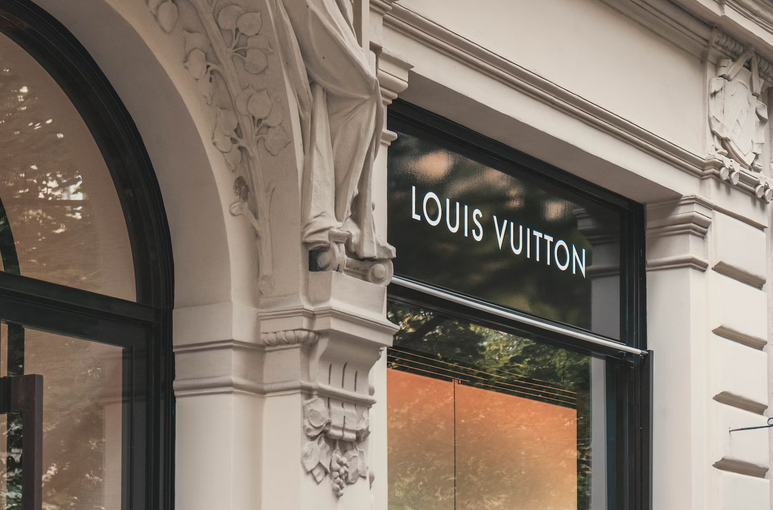Beyond the Price Tag: Understanding the Factors Behind Designer Clothing Costs

Are you mesmerized by the luxurious fabrics, impeccable craftsmanship, and undeniable glamour of designer clothing? We all dream about owning that one stunning piece that exudes sophistication and elegance. But have you ever wondered why these exquisite creations come with such a hefty price tag? In this blog post, we peel back the layers to uncover the hidden factors behind designer clothing costs. From skilled artisans to exclusive materials and even brand reputation – get ready to dive into a world beyond just the price tag.
Unparalleled Craftsmanship

One of the primary factors that drive up the cost of designer clothes is the unparalleled craftsmanship involved in their creation. Unlike mass-produced garments, designer pieces are meticulously crafted by skilled artisans who dedicate hours to perfecting every detail. From hand-stitched seams to intricate embellishments, each garment is a testament to the artisan’s expertise. This level of craftsmanship ensures a superior quality product, setting designer clothes apart from their mass-market counterparts.
Premium Materials and Fabric Selection
Another key factor contributing to the high cost of designer clothes is the use of premium materials. Designers often source fabrics from the finest mills, selecting materials known for their superior quality, durability, and unique textures. Whether it’s sumptuous silk, luxurious cashmere, or high-grade leather, the choice of materials significantly impacts the overall feel and aesthetic of the garment.
The emphasis on quality materials not only enhances the garment’s appearance but also ensures longevity, making it a worthwhile investment for the discerning fashion enthusiast. With news.de mentioning that the economy is affecting the fashion industry, it is evident that premium materials can be expensive and contribute to the high cost of designer clothes.
Limited Editions and Exclusivity
Designer brands thrive on the concept of exclusivity. Many release limited editions or collaborate with renowned artists, further elevating the desirability of their products. Limited availability creates a sense of exclusivity, turning designer clothes into coveted treasures for fashion connoisseurs. This exclusivity is often reflected in higher price points, as consumers are not just purchasing a garment but also a piece of rare and coveted art.
Research and Development
Behind every successful designer collection lies an extensive process of research and development. Designers invest significant time and resources into exploring new concepts, experimenting with innovative techniques, and pushing the boundaries of fashion. This commitment to creativity and innovation distinguishes designer brands from mainstream fashion, where trends are often replicated quickly. The extensive R&D involved in creating unique designs and pushing the envelope of fashion inevitably contributes to the higher production costs of designer clothes.
Sustainable Practices and Ethical Production

As consumer awareness regarding sustainability and ethical practices grows, many designer brands are embracing a more responsible approach to fashion. This often involves using eco-friendly materials, implementing ethical labor practices, and prioritizing sustainable production processes.
While these initiatives align with a global shift towards conscious consumerism, they also add to the production costs of designer clothes. The commitment to ethical and sustainable practices not only reflects positively on the brand but also resonates with consumers who prioritize responsible fashion choices.
Brand Prestige and Heritage
The reputation and heritage of a designer brand play a significant role in justifying the high prices of their clothes. Established luxury brands often carry decades, or even centuries, of history and craftsmanship. Consumers are not just purchasing a garment; they are buying into a legacy of excellence, style, and prestige. The brand’s heritage contributes to the perceived value of its products, allowing designers to command premium prices for their creations.
In the world of fashion, the price of designer clothes is not solely based on the cost of production. It encompasses a complex interplay of craftsmanship, materials, exclusivity, innovation, sustainability, and brand prestige. Each element contributes to the allure of designer garments, making them more than just clothing—they are wearable works of art. While the price may be steep, for many fashion enthusiasts, the investment is not just in a piece of fabric but in a symbol of craftsmanship, exclusivity, and enduring style.…









